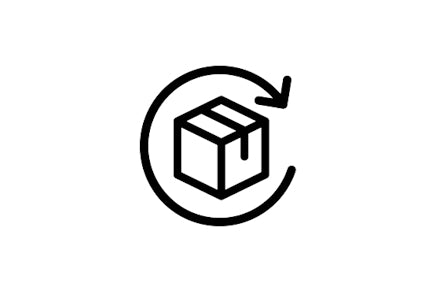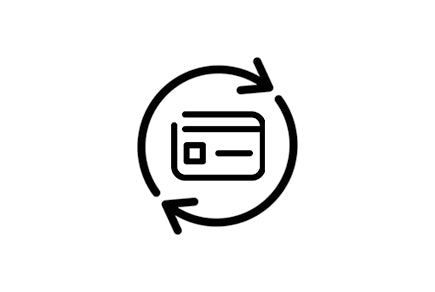History and technique of selvedge denim
When it comes to “selvedge", purists are familiar with the term, but not everyone is passionate about denim history. So, we’ll briefly explain what it’s all about, without resorting to a textile lecture.
Shuttle machines and fabric edging
First of all, you should know that in ancient times (before the last quarter of the 20th century), weaving was done on so-called “shuttle” looms. The weft thread moved on a shuttle that allowed it to be inserted between the warp threads. This weft therefore made an S-shaped path between the warp threads and thus the selvedges of the fabrics were closed and strong. There was no problem of fraying to fear when handling the materials. The English called these fabrics “Self Finished Edges”, self-closed selvedges so to speak.


Textile manufacturers worked on other types of looms that were much faster and more productive, but also with other types of selvages: open selvages, fringed selvages, etc. The advantages of these new looms were numerous: production speeds increased, which made the fabrics less expensive, and the widths (the width of the fabric rolls) increased, which made pattern making easier and optimized the use of the fabric when cutting. This is why, although less qualitative, these new selvages quickly became established, and denim was no exception, contributing to a major boom in the market.

From Self-Finished Edges to Selvedge
The advantage of shuttle looms was that they could weave very heavy and dense items, which was very useful in the world of premium denim, while it was not necessarily important in other areas. The denim industry then appropriated the term “Self Finished Edges” by contracting it to “Self-Edge”, then “Selvedge”. Selvedge denim fabrics thus became the Rolls Royce of denim fabrics, taking up ancestral codes, guarantees of quality and authentic look .
How do you recognize a Selvedge fabric? They are recognized by their famous closed selvedges , often decorated with a colored border. These selvedges notably avoid the hem or overlock that is found along the inside of the leg in all classic jeans. Purists or aficionados of Selvedge proudly display it by turning up the bottom of their jeans, revealing their colored selvedges as a sign of belonging and quality!

Selvedge requirements for Le Beau Jean
Few denim weavers are still equipped with shuttle looms capable of weaving Selvedge denim. With the idea of a new project and as we do things differently, we looked for a material that, in addition to being Selvedge, is minimally stretchy, to give you comfort from the first wear, and in organic cotton , for the good of all.
And we found it, this rare pearl! It is in Italy, near Milan, that the Candiani Denim house produces this magnificent fabric for us. To preserve its qualities, we will not apply any washing to it to offer you our three Le Beau Jean silhouettes, in raw finish Selvedge material, in a Made in France confection.

We look forward to seeing you in our next article on the subject, to learn more about our next product: Selvedge Made in France !
But if you can't wait to follow all the steps of our Made in France jeans, subscribe to our Newsletter (if you haven't already 😉) by signing up right here:









